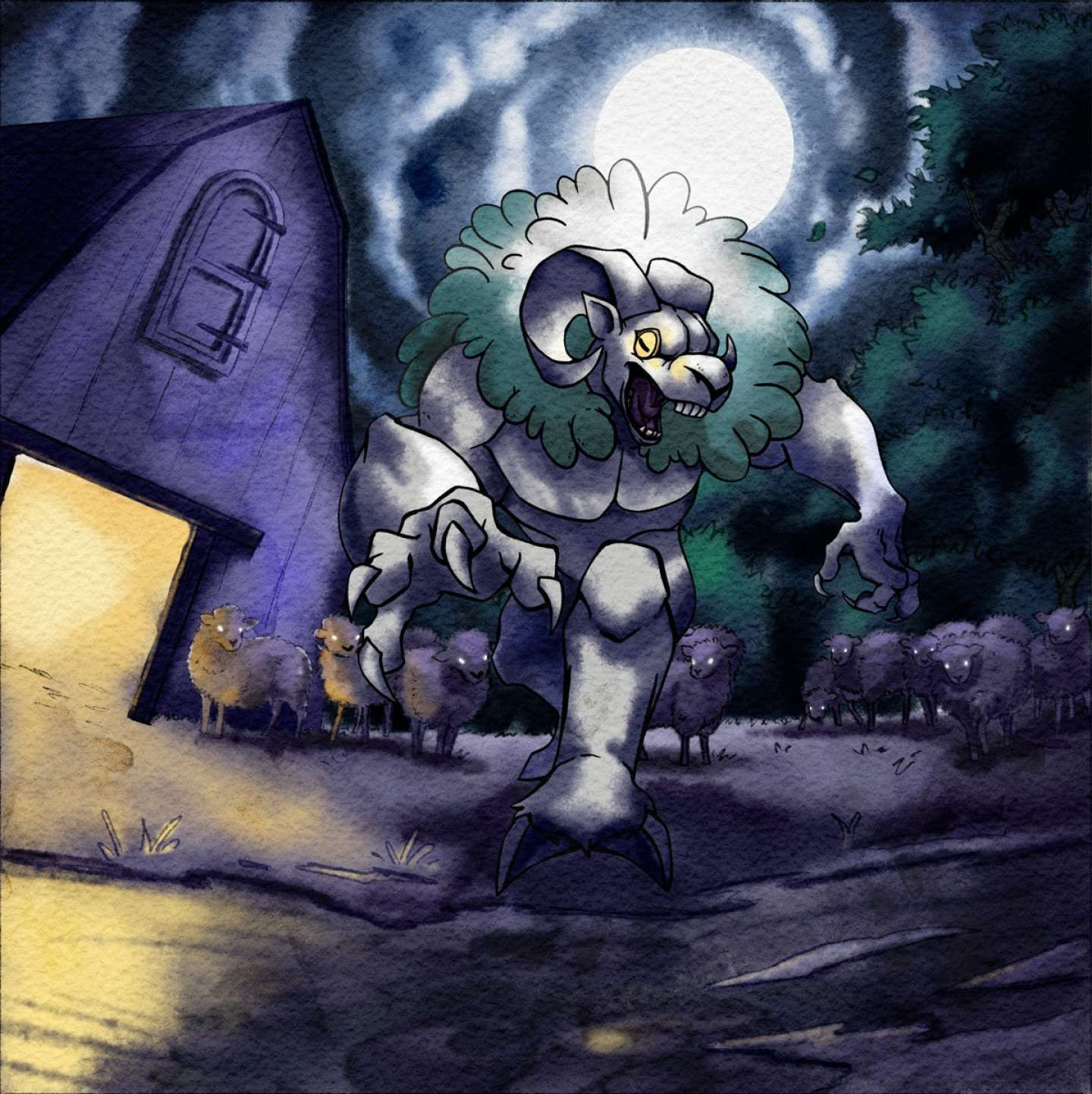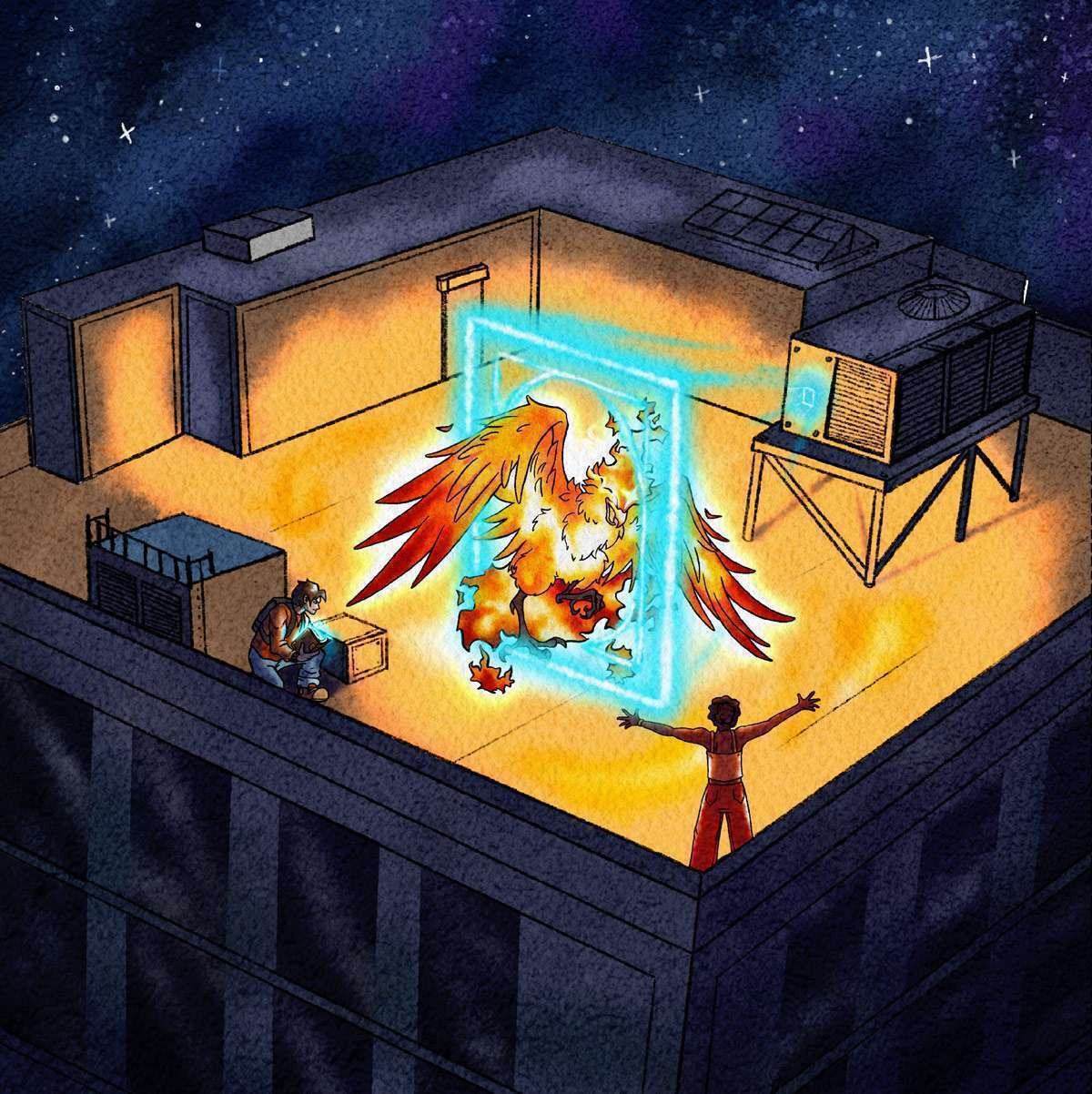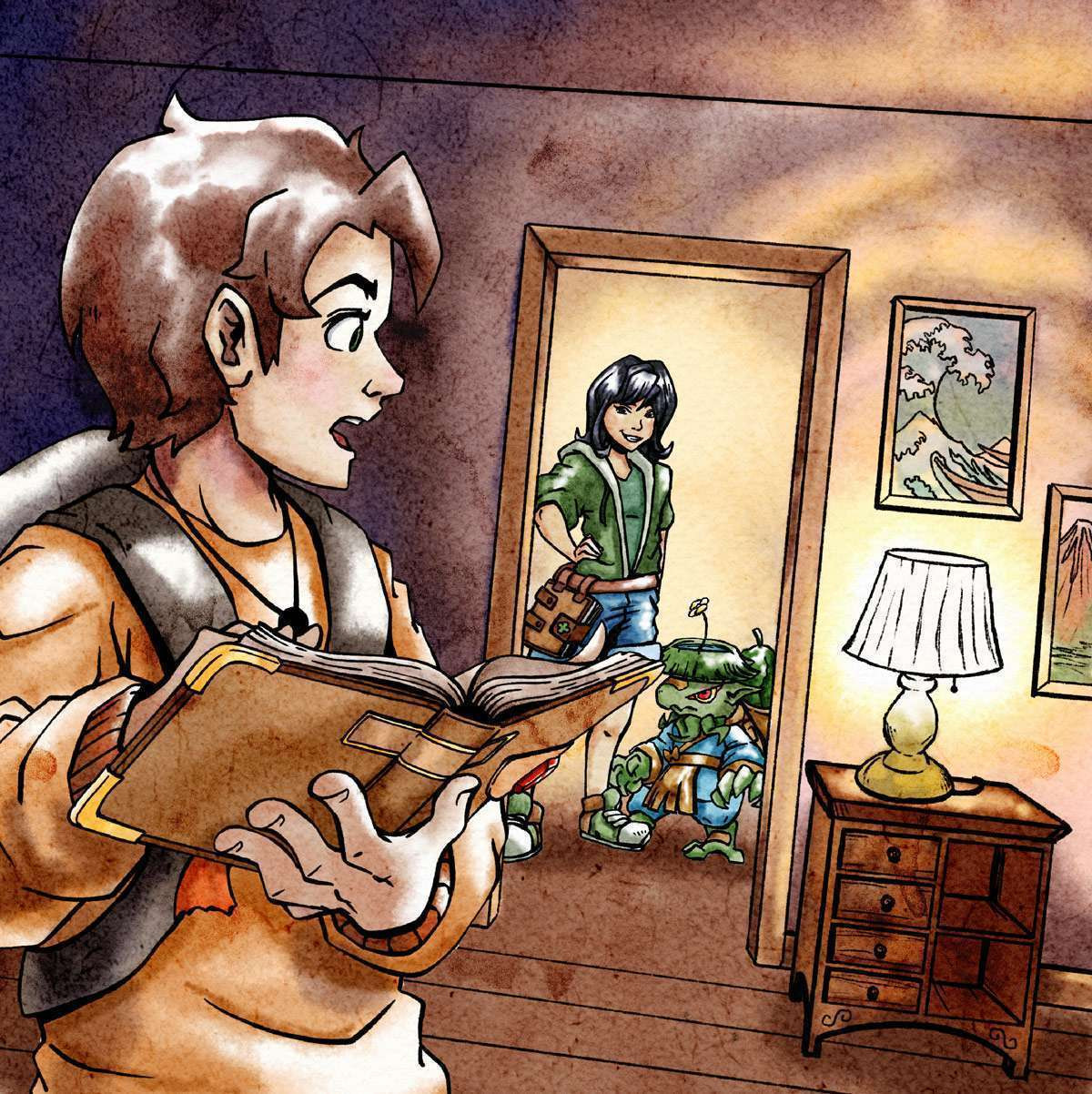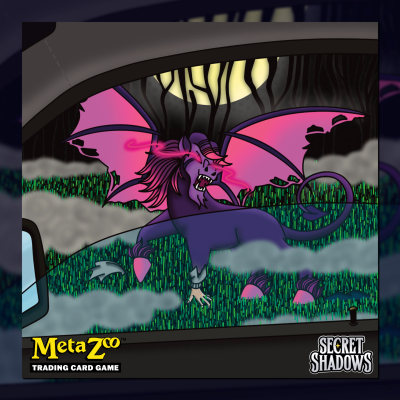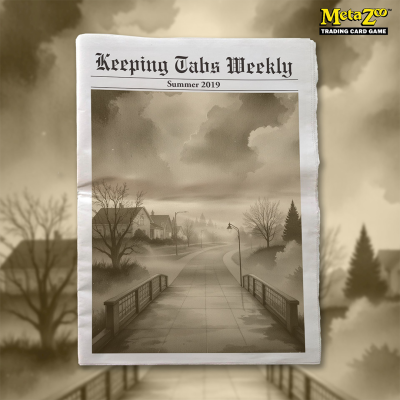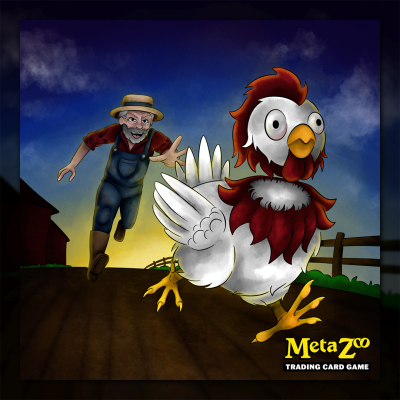There is no unseeing a cryptid.
Once you’ve seen one, you can see them all.
And it’s the first one that tends to be most traumatic.
Consider the case of Nathaniel Thorton, who, in 1892 in West Virginia, encountered a creature that would one day be called a sheepsquatch…
“I seen it there, crept up like it was on the barn where my sheep was, right after the rain stopped and the moon come out. The whole flock started in bleating and then a-screaming like hell done opened up wide. That’s when I saw that hideous thing, coming out the darkness and into the moonlight. I musta made a noise ’cause suddenly here it come at me, making this god-awful sound, and I beat it back up to the house. I only made it, I’m saying, ’cause it saw its reflection in a puddle and set about attacking that instead of chasing me to my bed. I locked the door, but I could still hear it head-buttin’ the mud for a good long hour.”
Not long after reporting this to the local sheriff, Thorton vanished along the Seneca Trail, taking nothing with him except clutching what his wife/widow described as “a pile of paper I never seen before.”
Whether you encounter a cryptid by chance, on purpose, or by luck—good or bad—that contact can spark what one researcher described as a “cosmic confluence” (LaVonne, Mapping What’s Off the Map, 1933), resulting in the discovery of a unique tome, one exclusive to the individual who saw the cryptid. This blank tome, colloquially called a “spellbook,” appears on the individual’s path in seemingly random locations.

